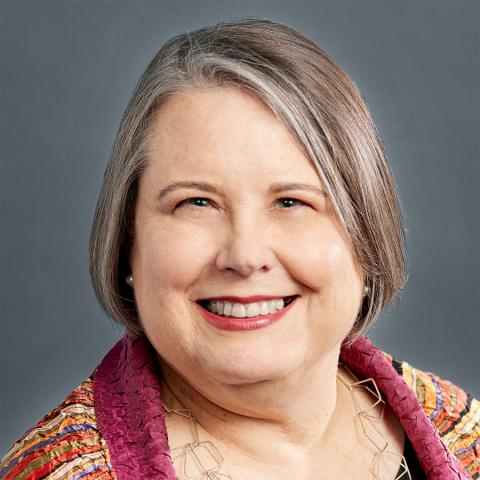Tenet Healthcare
Tenet Healthcare Corporation, with 2014 revenues of US $16.6 billion, manages 77 acute care hospitals and 183 outpatient centers in 14 states in the USA. Tenet also provides nearly 300 hospitals and other organizations with health management services to identify individual health risks and to deliver care. Tenet is a strong performer with its Hospital Compare core measures[foot]Hospital Compare was created through the efforts of the Centers for Medicare & Medicaid Services (CMS), in collaboration with organizations representing consumers, hospitals, doctors, employers, accrediting organizations, and other Federal agencies. Hospital Compare data permits community-specific comparisons of hospitals’ self-reported standardized core measures, or accepted care standards, that reflect quality of care in adult patients.[/foot] scores consistently exceeding the national average, and both its five-year ROE and EBITD above the industry average.
As of March 15, 2015 the board of directors of Tenet Healthcare has ten members, including the CEO, the non-executive board chairman, and six committees including Audit, Compensation, and Compliance & Ethics. The Tenet board members have a diverse set of skills, and includes among its members one former governor and three former CEOs (from Electronic Data Systems, or EDS; Allina Health; and Deloitte). The board is committed to making Tenet successful at digitization and jointly holds the CEO, COO, CFO, and CIO accountable for outcomes. The digital savviness of board members is relatively high, demonstrated by their recognition that it’s the combination of technology, business process, people, culture, and relationships that create value.
Defense-related issues around digital such as cyber risks, data privacy breaches, and service interruptions are covered at each meeting of the audit committee. Regular reports are made to the audit committee by CIO Paul Browne and a number of his direct reports.
In 2010, the board created an ad hoc Health IT committee for the oversight of its $620 million investment in electronic medical records. Implementation of electronic medical records has been problematic in a number of healthcare-related companies and the Tenet board felt careful oversight was important. The ad hoc committee met quarterly and received reports on project status including early wins and problems. In each meeting there was a presentation, open discussion, and finally, a closed meeting for board members.
Upon the successful completion of the electronic medical records project in December 2013, Browne presented to the full board a vision for digitization at Tenet that included priorities and financial and operational plans. This provocative presentation led to significant discussion, and the board suggested creating a permanent Health IT committee. It was established in 2014 and is scheduled to meet four times yearly. Since formation of the committee, the percentage of its time devoted to the different key roles illustrates a transition from blue to red—or oversight to strategy, as depicted in figure 1:
- 2010–2013: 80% of time spent on project management oversight
- 2013–2014: 50% of time on project oversight, 50% on strategy
- 2014 onward: shifting more to strategy
As he reflected on what worked most effectively to help the Tenet board members on digital issues, Browne identified four activities:
- Reverse mentoring: Mid-career Tenet IT leaders engage informally with board members.
- Employing multiple presenters: Direct reports to the CIO are asked to present at board meetings.
- More communication between meetings: Meetings are scheduled regularly between the CIO and the chairman of Health IT committee, plus the CIO and chairman talk shortly before board meetings to review the agenda.
- Case study deep dives: Four times a year at board meetings, the CIO leads a deep-dive discussion with a case study. For example, one discussion was on how Tenet Healthcare used predictive analytics to predict when employees might leave. Tenet did Monte Carlo simulations to show how its HR group could make changes to reduce turnover.
Why Boards Are Critical for Digital Disruption
Beyond its normal fiduciary and oversight responsibilities, we believe that the board plays a key role around the challenges many companies face with digital disruption. And while boards are warming to the task, their scores show there is work to do. How would you score your board on the three areas in figure 1?
One of the biggest decisions companies face around digital disruption is how they should reorganize to be effective in a digital era. For example, it’s clear that banks can no longer manage products, channels, and divisions such as Wealth, Credit Cards, and Lending as silos when customers today want seamless multiproduct, multichannel experiences. We have found that it’s difficult for some executive committees of companies (e.g., the CEO and his/her direct reports) to perform the organizational surgery necessary to thrive in a digital era. One of the barriers is that there will be winners and losers on those committees, and some executives have a vested interest in the outcome (i.e., retaining people reporting to them) that may lead to choices that are not best for the company. CIOs and IT units should help their CEOs and boards achieve the level of digital savviness necessary to play their roles in transforming their companies. The board can then provide the necessary support—and the occasional nudge—to the CEO who is faced with the key, and sometimes hard, choices brought about by digital disruption.



